Categories: How does it work, Auto electrician
Number of views: 13223
Comments on the article: 0
Car electrical equipment - composition, device and principle of operation
The electric equipment of a car includes devices that generate, transmit and consume electricity, and are installed on this vehicle. The electrical system of a car is a combination of devices, devices, circuits, wiring, which ensures the correct and reliable operation of the engine, transmission, chassis, and also contributes to the safety of the vehicle on the road, and allows you to automate some work processes, while creating comfortable conditions for both passengers, and for drivers, and even for other road users.
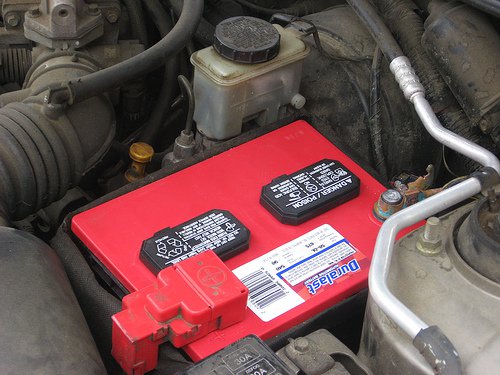
On-board consumers of electricity are often supplied with constant voltage. The first electrified cars had an on-board network of 6 volts, the current cars have 12 volts on board, and heavy trucks and diesel buses have twice as much, 24 volts.
The mass, that is, the conductive elements of the body, usually serves as the negative wire, which greatly simplifies the organization of wiring, since only the positive wire has to be connected directly to the consumer.
The negative output of the consumer, its negative terminal, as well as the negative output of the power source, simply attaches directly to the car body. Someone may say that such a solution somewhat reduces reliability in terms of the risk of short circuits, but it slows down the corrosion of the body.
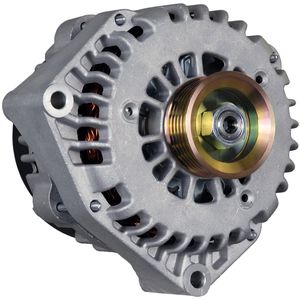
The data on the voltage of 12 volts is an approximate data, in fact passenger car generator it produces 13.5 to 14 volts of constant voltage, and for different car models this voltage is slightly different, depending on the settings of the voltage regulator on the generator.
The generator in the car is installed, as a rule, synchronous, three-phase, with a three-phase diode rectifier. It is driven in rotation from the crankshaft of the fuel engine, at the time of start it is pre-excited directly from the battery. During the operation of the car engine, the rectified voltage is supplied to the voltage control circuit integrated in the generator housing.
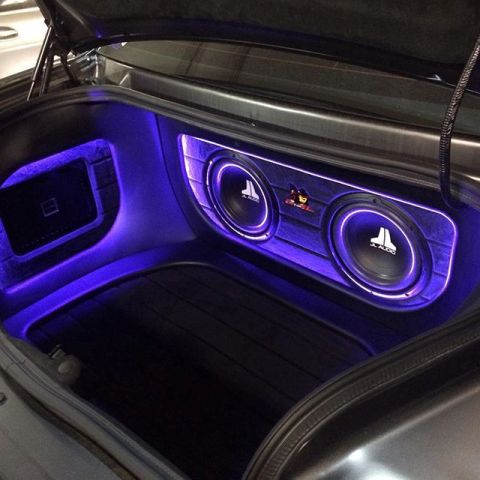
The electrical equipment of the car can work even when the engine is not started. Outdoor and indoor lighting systems, anti-theft alarms, car radio, speakers, brake lights, as well as a starter when starting the engine - all this is easily powered by a car battery.
When the engine is started, the battery begins to receive a charge from the generator, replenishing the reserve of consumed energy. When fully charged, the battery is in buffer mode, smoothing power surges, and to some extent helping the generator when very powerful consumers are connected to the on-board network. The power of the generator directly averages 1250 watts (80-135 A at 12 V).
Depending on the vehicle equipment, the following electrical systems may or may not be present:
-
anti-lock braking system of ABS wheels;
-
safety system, including electric seat belt tensioners and airbags;
-
electronic engine management systems;
-
automatic transmission with control electronics;
-
trip computer and other systems.
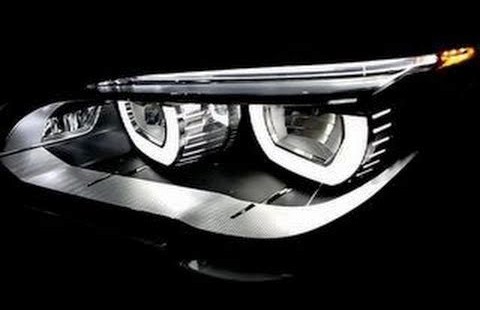
The car has indoor and outdoor lighting fixtures. Exterior are: headlights with their main and dipped beam, turn signals and emergency alarm, parking lights, reversing lights, room lights, fog lights, contour lights and spotlights, as well as other elements of decorative lighting.Interior lighting is: an engine compartment lamp, lamps inside the cabin, a lamp inside the trunk, dashboard lights, glove compartment lights, etc.
Other consumers include: starter, trip computer, ignition system, electric power steering, servo-assisted seats, window motors, wipers, fans, glass heating, cigarette lighter, parking sensors, audible signal, radio and other multimedia systems, rear view camera, anti-theft alarm, heating seats, GPS-navigator and other accessories and devices that facilitate the work of the driver and deliver comfort to passengers.
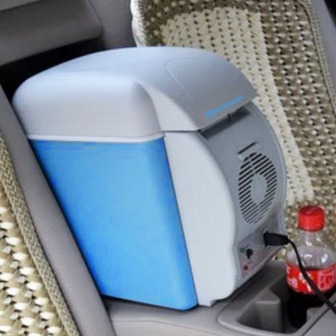
There are many road and household appliances (electric pump, refrigerator, laptop, etc.), which can easily be connected directly to the cigarette lighter inside the cabin. Connection is through a special adapter or through an internal or external power supply with double conversion. However, it should be remembered that the cigarette lighter socket is not designed for high current, and it is better not to connect more than 100 watts of load to it, otherwise the fuse will blow or the socket will be thermally damaged.
Although, a small car refrigerator consumes 40 watts, which is not more than 3.5 A. ordinary fork. The voltage at the output of the built-in inverter may be different, not necessarily 220 volts.
See also on our website:How does an unmanned car
See also at i.electricianexp.com
:
